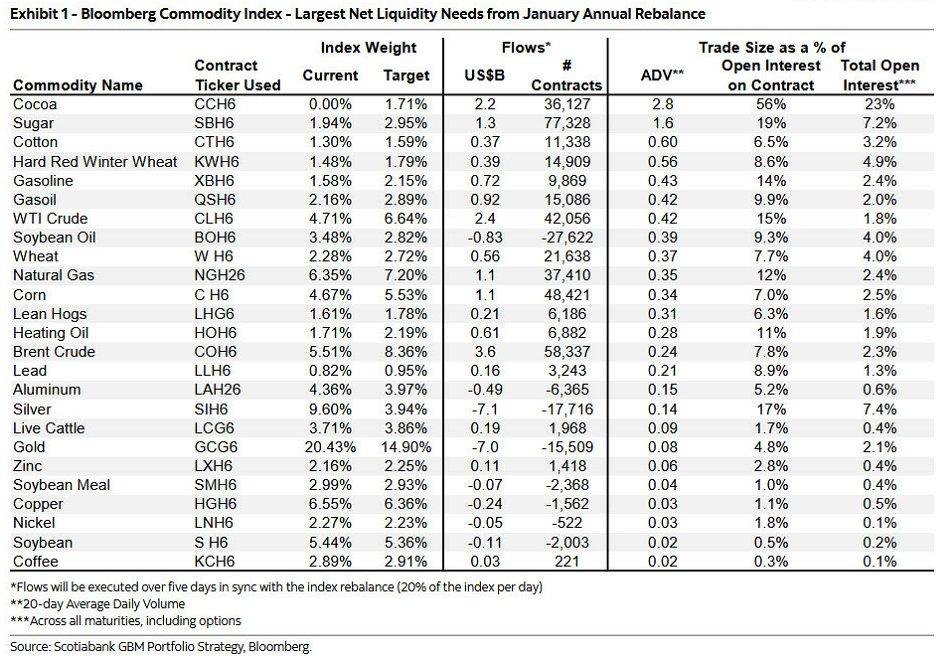Title: “The Ripple Effect: How Monetary Policy Influences Aggregate Supply”
Introduction:
In the intricate dance of economics, the relationship between monetary policy and aggregate supply often remains a nuanced and complex topic. While much attention is typically given to the immediate impacts of monetary policy on aggregate demand—such as changes in interest rates and their effect on consumer spending and investment—the potential repercussions on aggregate supply are equally significant, albeit less straightforward. This article delves into the multifaceted ways in which monetary policy can influence aggregate supply, exploring the underlying mechanisms, theoretical perspectives, and real-world implications.
We begin by understanding the fundamental concepts of monetary policy, which primarily involves actions by central banks to control the money supply and interest rates in pursuit of macroeconomic objectives like controlling inflation, managing employment levels, and stabilizing the currency. Traditionally, the focus has been on how these actions drive demand-side economics. However, a growing body of research and empirical evidence suggests that monetary policy can also have profound and lasting effects on the supply side of the economy.
Our exploration will cover key areas such as the impact of interest rates on business investment in capital goods, the role of inflation expectations in shaping long-term planning and productivity, and the influence of financial conditions on labor markets and technological innovation. By examining these dimensions, we aim to provide a comprehensive understanding of how monetary policy can extend its reach beyond immediate demand-centric outcomes to shape the broader economic landscape through aggregate supply channels.
Join us as we unravel the complexities of this relationship and shed light on the pivotal role of monetary policy in sculpting not just the present, but the future potential of an economy.
Sure, here’s a suggested content outline for an article on the topic “Does Monetary Policy Affect Aggregate Supply”:
Understanding the impact of monetary policy on aggregate supply requires a nuanced examination of the various channels through which monetary decisions can influence economic output. While traditionally, monetary policy is seen as a tool primarily affecting aggregate demand, its effects on aggregate supply are increasingly acknowledged and analyzed by economists.
**1. Interest Rates and Investment in Capital:**
One of the primary ways monetary policy can influence aggregate supply is through its effect on interest rates. Lower interest rates reduce the cost of borrowing, making it cheaper for businesses to invest in new capital such as machinery, technology, and infrastructure. Over time, these investments increase the productive capacity of the economy, shifting the aggregate supply curve to the right. Conversely, higher interest rates can dampen investment, potentially constraining supply-side growth.
**2. Cost of Production:**
Monetary policy can also affect the cost of production for businesses. For instance, lower interest rates reduce the financing costs for companies that rely on credit to fund their operations. This can lead to lower overall production costs, enabling firms to produce more goods and services at every price level. On the flip side, higher interest rates can increase these costs, potentially reducing supply.
**3. Expectations and Business Sentiment:**
Expectations play a crucial role in the decisions of businesses regarding investment and production. An expansionary monetary policy, which typically involves lowering interest rates and increasing money supply, can boost business confidence and expectations about future economic conditions. This optimistic outlook can encourage firms to invest more in their productive capacities. Conversely, a contractionary policy might lead to pessimism about future economic prospects, thereby restraining investment and reducing aggregate supply.
**4. Labor Market Dynamics:**
While monetary policy directly influences aggregate demand, its impact on the labor market can also affect aggregate supply. For example, an expansionary monetary policy can lower unemployment rates, increasing the number of people employed and thus the overall productive capacity of the economy. However, if the economy approaches full employment, additional labor demand can lead to upward pressure on wages, which might increase production costs and potentially offset some of the supply-side benefits.
**5. Innovation and Technology:**
By facilitating investment through lower borrowing costs, an accommodative monetary policy can also spur innovation and technological advancements. These innovations can lead to more efficient production processes, better products, and new business models, all of which contribute to an increase in aggregate supply. Over time, such advancements can significantly shift the supply curve as new technologies become widely adopted and integrated into the economy.
**6. Exchange Rates and International Trade:**
Monetary policy can affect aggregate supply through its influence on exchange rates. A lower interest rate can lead to a depreciation of the national currency, making exports cheaper and imports more expensive. This can stimulate domestic production aimed at foreign markets, thereby increasing aggregate supply. However, if the economy depends heavily on imported inputs, a weaker currency can raise production costs, potentially offsetting some of the supply-side benefits from increased export activity.
**Conclusion:**
While the primary focus of monetary policy is often on regulating aggregate demand to control inflation and stabilize economic cycles, its effects on aggregate supply are significant and multifaceted. By influencing investment, production costs, business expectations, labor markets, technological advancements, and international trade, monetary policy can shape the productive capacity of the economy. Therefore, policymakers need to consider these supply-side effects when designing and implementing monetary measures to ensure balanced and sustainable economic growth.
In the intricate tapestry of a nation’s economy, few threads are as critical as monetary…
Monetary policy plays a pivotal role in shaping a nation’s economic landscape, influencing everything from…
In the intricate dance of economic policy, central banks play a pivotal role in steering…
In an ever-evolving global economy, governments wield a variety of tools to steer their nations…
In an age where digital transactions and cryptocurrencies are rapidly gaining prominence, the question of…
Monetary policy is a critical tool used to manage a nation’s economic stability, growth, and…
Tags: Featured,Monetary Policy,newsletter





























